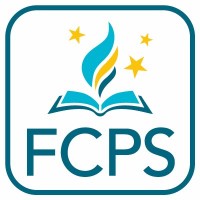
Fairfax County Public Schools
Fairfax County Public Schools (FCPS), located in Northern Virginia, is the nation’s 9th largest public school system, serves a diverse population of more than 180,000 students in grades prekindergarten through 12. Fairfax County high schools are recognized annually by the Washington Post as being among the most challenging high schools in the U.S. FCPS is the third largest employer in Virginia, with 24,600 full-time staff positions. Outstanding benefits including medical insurance, dental insurance, retirement plans, life insurance, flexible spending accounts, sick and personal leave, disability programs, and long-term care insurance are available for eligible employees. Staff development and training is available through academy classes, in-service training, and master’s degree cohort programs. Full-time technology support teachers are in each school; additionally, an on-line resource for FCPS students to extend learning beyond the traditional day is accessible through the 24-7 Learning System. “Great Beginnings” provides mentoring to all teachers new to the county, and “Savings for Staff” incentives help to make your relocation an easy one.






